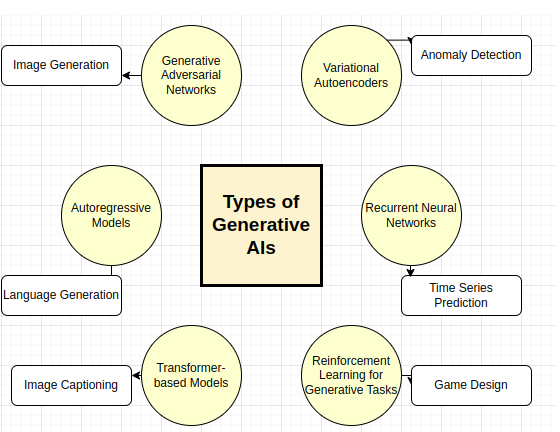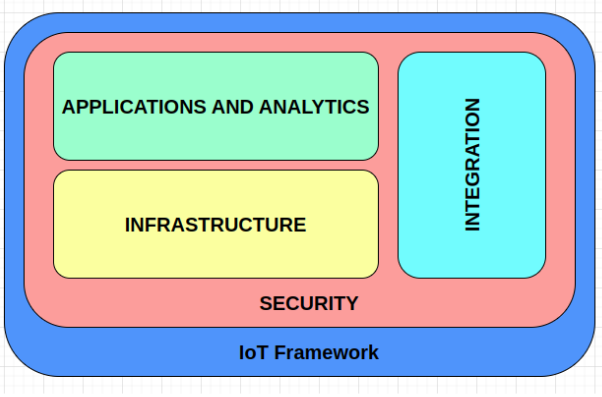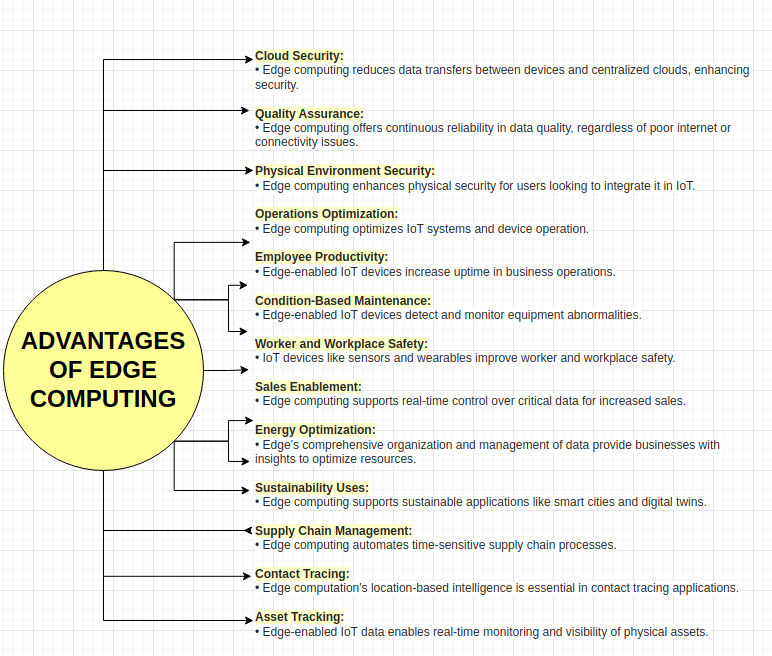Introduction
In the rapidly evolving landscape of technology, the integration of Generative Artificial Intelligence with IoT and Edge Computing has emerged as a transformation. This is reshaping industries and redefining possibilities. This integration brings together the power of AI-driven creativity, the presence of IoT (Internet of Things) devices, and the agility and innovation of edge computing infrastructure to discover new opportunities for innovation.
This blog goes deep into the theoretical reasons and practical implications of integrating Generative AI with IoT and Edge Computing. We’ll look at the core ideas of each technology, as well as the obstacles and rewards of integrating them, and offer real-world examples of how this integration may be revolutionary.
From revolutionizing healthcare systems to improving manufacturing procedures and building smarter cities, generative AI integration with IoT and Edge Computing holds the potential for a more linked, intelligent, and efficient tomorrow.
Understanding Generative AI
What is Generative AI?
Generative AI is an extremely powerful tool that can be used for streamlining the workflow of creatives, engineers, researchers, scientists, etc. The use cases and possibilities for Generative AI span all industries and individuals.
Generative AI models can create fresh content from inputs like text, images, audio, and video. Also, it can extract speech from images, transform an image into an audio file, or convert a video into textual content.
Types and Use Cases Of Generative AI
There are six major types of Generative AI as shown in the figure below:

Fig.1
Exploring IoT and Edge Computing
What is IoT architecture?
An architecture is a diagram or model that comprises two parts: the key technology components that make it up and the relationship between those components.
In other words, architecture is much more than just a list of necessary technological components; but it does include that list. It then goes on to define how these components interact/engage with each other.
Components of IoT architecture
The various components of IoT architecture include:
- IoT Applications and Analytics Component
- Processes and displays IoT-collected information.
- Includes analytics tools, AI, machine learning, and visualization capabilities.
- Technologies include R, IBM SPSS, SAS, Amazon, Google, Microsoft, Oracle, IBM, SAP, and Salesforce.
- Integration Component
- Ensures integration with existing companywide ERP and management systems.
- Providers include software, cloud players, open source, and middleware products.
- Security and Management Component
- Secures physical system components via firmware and embedded security providers.
- Includes traditional security providers with IoT capability and IoT-specific providers.
- Infrastructure Component
- Includes physical devices like smart sensors and actuators.
- The network includes wireless networks, including Wi-Fi, Bluetooth, 4G, 5G, Long Range WAN, and low-power WAN.

Fig. 2
Edge Computing: Definition and Purpose
Edge computing can be defined as the process of bringing information storage and computing abilities closer to both the devices that output that information and the users who consume it.
Prior to edge computing, applications transmitted data from smart devices like sensors and smartphones to a central data center for processing.
Edge computing also allows devices in remote locations to process data at the “edge” of the network through the device or a local server. Also, when data needs to be processed in the central data center, only the most important bit is transmitted, thereby minimizing latency.
Advantages of Edge Computing in IoT Systems
 Fig. 3
Fig. 3
Integration Challenges and Opportunities
The issue of Compatibility surfaces because of current systems and technologies, which demand smooth integration procedures and standard interfaces to ensure that interoperability is attained universally across all platforms.
The concern for Security is also present. This is due to an expanding set of connected devices plus decentralized computing nodes — this increases the attack surface, leading to the significant need for unbreakable encryption, authentication as well as access control using sensible data and critical infrastructure.
Scalability must be a top consideration when dealing with dynamics, especially in environments full of huge volumes and high velocities. When given top consideration, demand for scalable architectures capable of handling massive concurrent processing with storage emerges.
Performance optimization should also be taken into account since it is very important, more so in using the capabilities of Generative AI algorithms at the edge due to resource constraints.
Steps of IoT and Edge Computing
The steps of IoT and Edge Computing are:
- Data Collection
- Data Transmission Storage
- Data Processing
- Data Prediction
- Take Actions as per Insights
Benefits of Integrating Generative AI with IoT and Edge Computing
There are numerous benefits of this integration, including:
- Enhanced Data Analysis and Prediction
- Real-time Decision Making
- Personalization and Customization
- Better Customer Relationships
But there are also a couple of challenges that need to be kept in mind, including:
- Data flooding and resource management
- Poor security measures mean data and privacy breaches and also physical injuries if critical infrastructure is compromised.
- As AI makes decisions based on lots of data, the logic behind these decisions isn’t really clear. This lack of insight can be a huge problem when dealing with sensitive applications or sensitive data.
The industry currently has a talent gap in the area of IoT and AI which makes it difficult for companies to manage the complex system.
Conclusion
The combination of Generative AI, IoT, and Edge Computing has enormous potential to transform businesses across the board.
There are examples from literally every industry – in healthcare, it might lead to personalized treatment regimens based on individual patient data. This would improve outcomes while lowering costs. In manufacturing, Generative AI-powered predictive maintenance may improve machinery performance, reducing downtime and increasing productivity. The retail industry stands to profit from hyper-personalized shopping experiences that include AI-powered recommendations matched to each customer’s tastes and behaviors. Smart cities might see improved public services, such as better traffic management and resource allocation, resulting in a higher quality of life for people.
Overall, this integration has the potential to boost efficiency, creativity, and competitiveness across a variety of industries, paving the path for a smarter and more connected future.
FAQs
Integrating generative AI with edge computing transforms data processing and decision-making capabilities and uses both technologies' strengths. Generative AI's predictive analytics and simulation capabilities, along with edge computing's low-latency processing, enable sophisticated, real-time insights and responses.
One of the major challenges is that integrating generative AI with IoT raises a lot of privacy and security concerns. These are related to data collection, storage, and sharing. Security measures and privacy-preserving techniques are a must to safeguard sensitive information and mitigate potential risks.
Healthcare and manufacturing industries can benefit the most from Generative AI in IoT and Edge Computing.
Generative AI enables IoT devices to learn from their environment, helping them to make decisions based on that learning without human intervention. One of the key advantages of Generative AI in IoT and Edge Computing is that it can help automate processes and improve efficiency. For example, Generative AI integration with IoT and Edge Computing can predict machine failures, which enables proactive maintenance actions.



